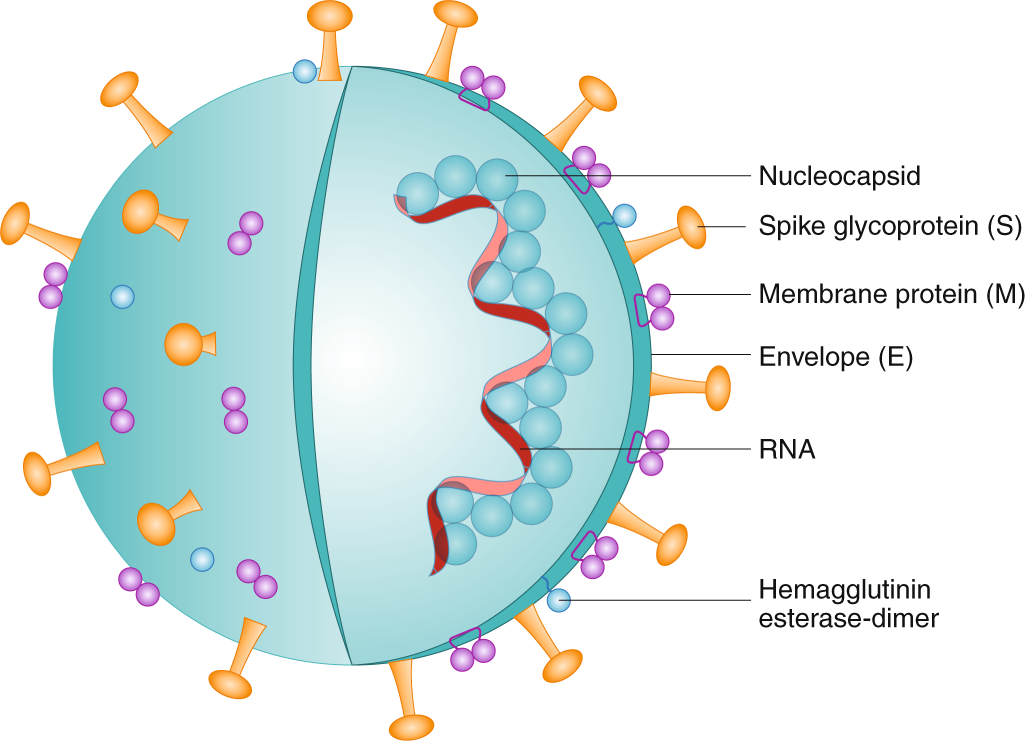The COVID-19 pandemic has spurred unprecedented efforts in scientific research, with a primary focus on developing effective treatments and preventatives against the SARS-CoV-2 virus. In this pursuit, a groundbreaking breakthrough has emerged from the laboratories of researchers at the NYU Tandon School of Engineering—a novel bioengineered protein designed to combat COVID-19.
Led by Jin Kim Montclare and her team, the study, recently published in the Biochemical Engineering Journal, represents a significant milestone in the fight against the virus. At its core, the research aims to design a protein capable of binding to the spike proteins found on the surface of the coronavirus, thereby hindering its ability to infect human cells.
The engineered protein, resembling a structure with five arms, boasts a unique feature—a hydrophobic pore within its coiled-coil configuration. This feature endows the protein with the ability not only to bind to the virus but also to capture small molecules, including the antiviral drug Ritonavir.
Ritonavir, a drug already utilized in the treatment of SARS-CoV-2 infections, is strategically integrated into the protein-based therapeutic to enhance its efficacy against the virus. This innovative approach represents a multifaceted strategy, aiming to both recognize the virus for diagnostic purposes and impede its ability to infect host cells.
The study heralds a significant advancement in COVID-19 therapeutics, showcasing the potential of protein engineering and computational design to revolutionize treatment modalities. Through a combination of innovative design principles and cutting-edge computational tools, the research team has devised a promising strategy with broad-spectrum antiviral capabilities.
While the research is still in its early stages, with no human or animal trials conducted as yet, the findings offer a compelling proof of concept for the therapeutic potential of the designed protein. By enhancing the protein’s binding affinity to the virus spike protein, the team has laid the groundwork for further investigations and clinical trials.
Beyond COVID-19, the applications of this protein-based therapeutic are far-reaching. Its versatility extends to combating a range of viral infections, offering a dual mode of action—preventing viral entry into human cells and neutralizing virus particles.
The success of this study underscores the critical role of computational approaches in protein design. By leveraging computational tools such as Rosetta, the researchers have accelerated the process of protein engineering, enabling rapid iterations and optimization.
As research progresses, the integration of computational design and protein engineering holds promise for the development of innovative therapeutics against emerging viral threats. While challenges remain, this pioneering study offers a glimpse into a future where effective treatments against infectious diseases are within reach.
The development of this novel bioengineered protein represents a significant step forward in the ongoing battle against COVID-19. With continued dedication and innovation, the scientific community stands poised to confront the challenges posed by viral outbreaks, paving the way for a healthier and more resilient future.
